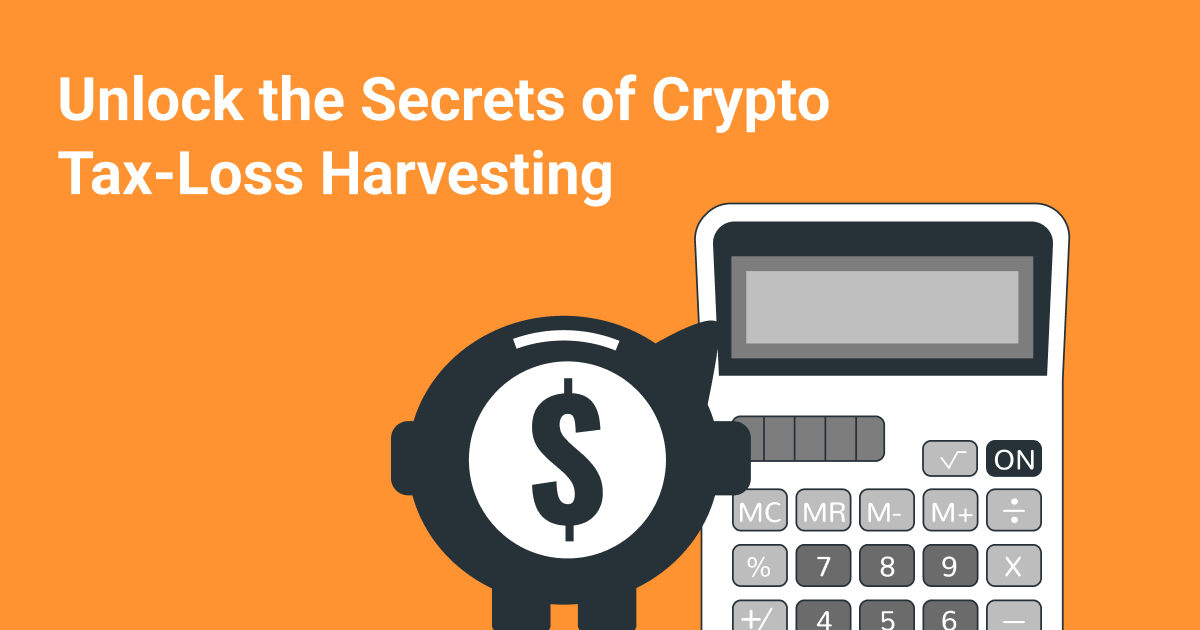What does tax loss harvesting mean?
Tax loss harvesting is a strategy utilized by investors to minimize their tax liability. This process involves selling off investments that have experienced a loss in order to offset the gains from successful investments. In the world of cryptocurrency, tax loss harvesting works in much the same way. If you’re holding Bitcoin, Ethereum, or any other type of crypto that has decreased in value since you purchased it, selling it could result in a capital loss that can be used to reduce your taxable income.
For instance, suppose you purchased Bitcoin at a high price, and it has since dropped in value. You can sell your Bitcoin at a loss, and that loss can be used to offset any capital gains you may have from selling other investments at a profit. This strategy is even applicable to digital assets such as Non-Fungible Tokens (NFTs), which are taxed similarly to cryptocurrencies.
Is tax loss harvesting risky?
While tax loss harvesting can be a beneficial strategy, it is not without risks. The primary risk is that the sold-off asset might rebound in value after you’ve sold it at a loss. In the context of crypto, this risk is quite high given the volatile nature of cryptocurrency markets. Thus, it’s important to consider the potential long-term value of a cryptocurrency before deciding to harvest your losses.
Is there tax loss harvesting in the UK?
Yes, tax loss harvesting is a strategy that can be employed in the UK. The UK taxes capital gains from cryptocurrencies just like it does for other types of investments. Therefore, if you sell a cryptocurrency at a loss, you can offset those losses against any capital gains you might have, reducing your overall tax liability. It’s important to note, however, that tax laws can be complex and differ significantly based on individual circumstances, so it’s always a good idea to consult with a tax professional.
How to do tax loss harvesting step by step?
- Identify the assets in loss: The first step is to identify which cryptocurrencies in your portfolio are at a loss.
- Decide which assets to sell: Not all losses should necessarily be harvested. Consider your belief in the long-term value of the asset, the size of the loss, and your overall investment strategy.
- Sell the assets: If you decide to go ahead with the tax loss harvesting, sell the identified crypto assets.
- Report the losses: During tax time, report the capital losses on your tax return. This step will vary depending on your jurisdiction, so it’s crucial to consult with a tax professional.
- Reinvest the proceeds: The funds obtained from the sale can be reinvested in other crypto assets, allowing you to maintain your market exposure.
What is an example of tax harvesting?
Let’s say you purchased 1 Bitcoin for $60,000 and it’s now worth $40,000. If you sell your Bitcoin now, you would have a capital loss of $20,000. Now, suppose you also sold some NFTs this year and made a profit of $20,000. You can use the loss from the sale of Bitcoin to offset the gain from the sale of NFTs, thus owing no capital gains tax.
It’s important to remember that tax laws are complex and can vary greatly depending on your specific situation and location. For example, recent remarks by President Joe Biden imply a possible future change to how tax loss harvesting might work for crypto traders in the U.S., indicating an ongoing discussion about blocking the mechanism for cryptocurrency transactions. Therefore, always consult with a tax professional before implementing this strategy.
Tax loss harvesting can be a valuable tool in managing your crypto portfolio, helping to offset gains and potentially reducing your tax bill. However, it should be part of a broader investment strategy, considering the potential long-term value of the assets in question.

